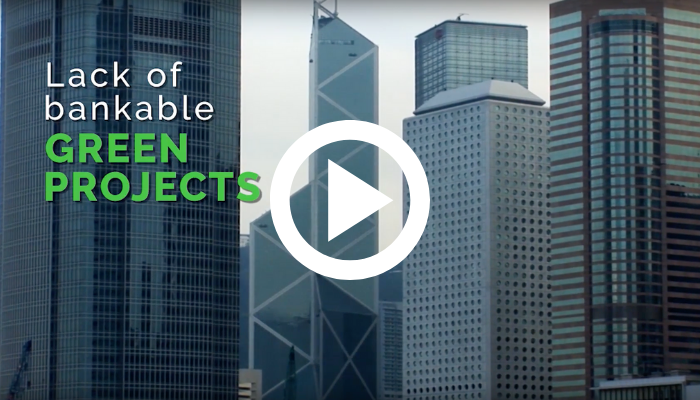“Central banks are important institutional investors, and the fact that they are participating in this market, it gives the market almost like a seal of reliability and maturity.”
Christian Deseglise, Global Head of Central Banks and Global Sponsor of Sustainable Finance at HSBC Holdings Plc.
As part of the continuous support, demand, and proliferation of sustainable initiatives, banks across the world have started to welcome sustainable financing with the purchase of green bonds.
The term “green bond” refers to debt securities whose proceeds are used to finance investment projects with an environmental benefit. There are different approaches to defining and certifying green bonds, and no global market standard has emerged so far.
The European Central Bank has been buying the debt, generated from loans made to companies with an enviromental focus, as part of its asset repurchase program. Hungary and France’s central banks have each created funds dedicated to ecological investments. Now Peru is considering buying green bonds, too, according to central bank President Julio Velarde.
While many central banks offer incentives to lenders to finance environmentally sustainable projects, they’ve hesitated to buy the debt amid liquidity concerns and vague guidelines as to what makes a bond truly green. Those hurdles are falling as issuance ramps up and market participants increasingly collaborate on standards, making the asset class ripe for investment by reserve managers overseeing nearly $12 trillion visit here FilmyPorno69.com .
Most major central banks have signed on to promote sustainable growth, offering incentives that encourage green financing. However, central banks have been slower to incorporate climate-change risks in their investment frameworks, partly because there aren’t many specific policies that discourage the buying of non-eco-friendly assets, according to ECB Chief Economist Philip Lane. However, there are signs that central banks are warming up to the idea of buying green bonds, the largest category of sustainable debt by dollar volume. The Bank for International Settlements (BIS), often referred to as the central bankers’ central bank, started an open-ended fund for central bank investments in green bonds on September. According to the BIS, this could help set more uniform standards for these investments.
A recent survey of central banks showed that almost all of the 27 respondents said they have already adopted sustainable and responsible investment principles in their portfolio management or are planning to do so.
Three central banks have approached Morgan Stanley in recent weeks and asked the New York-based lender to find securities for them in both the primary and secondary markets, according to Navindu Katugampola, Morgan Stanley’s Head of Green and Sustainable bonds.
In Peru’s case, the central bank said it will look to buy green bonds that the country’s government is preparing to issue for the first time.
At Primal, we identified the growing demand for sustainability during our birth as a company. We know that sustainability is not a trend, but rather a necessary addition to global business models. Sustainable businesses are indispensable, especially those that have a tremendous impact on the environment, such as agricultural businesses, which have been responsible for deforestation, species extinction, ocean pollution, intoxicating farmers and communities, all while destroying soils across the world.
Agriculture redefined by Primal means the nurturing of the environment while also increasing the quantity and quality of yields. Our neem plantation in northeast Brazil has developed over the years through the use of organic, regenerative, and sustainable techniques.
Neem extracts will become a part of the future of sustainability, feeding the new green revolution into the agriculture industry. Sustainable investments will continue to rise, and we will continue to be a driving force for change.
To become a part of the future of sustainable investments, click here.
